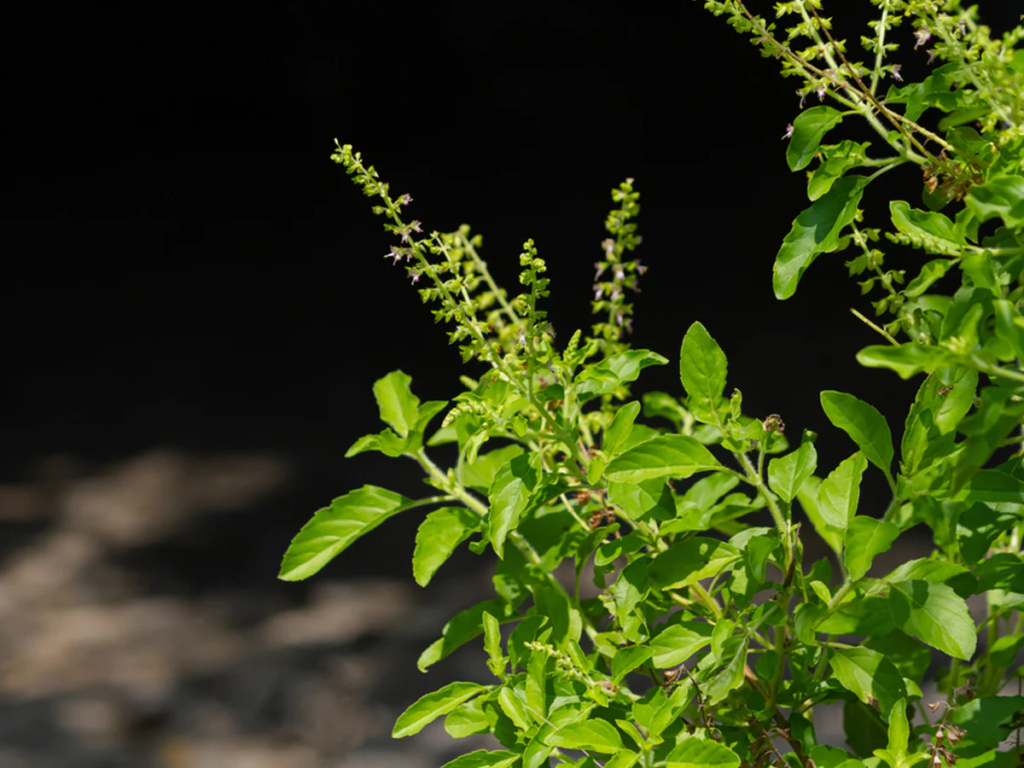Nurturing the Divine: Caring for your Tulsi Plant at Home
The Tulsi plant (Ocimum tenuiflorum), also known as Holy Basil, holds immense significance in Hinduism. Revered for its medicinal properties, spiritual symbolism, and air-purifying qualities, the Tulsi plant is a cherished presence in many homes. However, caring for this sacred herb requires specific knowledge and attention. This guide delves into the essential practices for ensuring your Tulsi plant flourishes in your care.
Choosing the Right Home:
- Selection: Opt for a healthy seedling or sapling from a reputable nursery. Look for a plant with vibrant green leaves and sturdy stems.
- Potting: Select a well-draining pot with sufficient drainage holes. Clay pots are a traditional choice, but terracotta or plastic with drainage holes work well too.
- Soil: Use a well-draining potting mix with organic matter like compost or cocopeat. Ensure the pH is slightly acidic, between 6.0 and 6.8.
Providing the Perfect Environment:
- Sunlight: Tulsi thrives in bright, indirect sunlight for around 6-8 hours daily. Avoid harsh afternoon sun, especially in hot climates.
- Temperature: The ideal temperature range for Tulsi is between 15°C and 30°C (59°F and 86°F). Protect the plant from extreme heat and cold.
- Watering: Water your Tulsi plant regularly, ensuring the soil remains moist but not soggy. Allow the top inch of soil to dry before watering again. Overwatering can lead to root rot.
Nourishing for Growth:
- Fertilizer: Use a natural, organic fertilizer like compost tea or diluted neem cake solution once a month during the growing season (spring and summer). Avoid chemical fertilizers.
- Trimming: Gently prune wilted leaves and overgrown branches to encourage healthy growth. Pinch off flower buds if you prefer a bushier plant.
Respectful Practices:
- Placement: Traditionally, the Tulsi plant is placed in a clean, elevated spot on the eastern or northern side of the home or balcony. Avoid placing it near the toilet or under a roof where rainwater cannot reach it directly.
- Touch with Respect: Wash your hands before touching the Tulsi plant. Perform daily puja (worship) by offering water and chanting mantras, as per your faith and traditions.
Addressing Common Challenges:
- Pests and Diseases: Neem oil spray or organic insecticides can help control common pests like aphids and mealybugs. For fungal diseases, improve drainage and use diluted neem oil solution or fungicide as needed.
- Yellowing Leaves: This could be due to overwatering, lack of sunlight, or nutrient deficiency. Adjust watering frequency, provide adequate sunlight, and consider using natural fertilizer.
Beyond the Basics:
- Propagation: You can propagate your Tulsi plant by taking stem cuttings and planting them in a new pot with fresh potting mix.
- Spiritual Significance: Learn about the various pujas and rituals associated with the Tulsi plant, deepening your connection with this sacred herb.
Embrace the Journey:
Caring for a Tulsi plant is not just about horticulture; it’s a journey of nurturing a sacred presence in your home. By following these practices and respecting the spiritual significance of the plant, you can cultivate a thriving Tulsi that flourishes alongside your faith and devotion.


